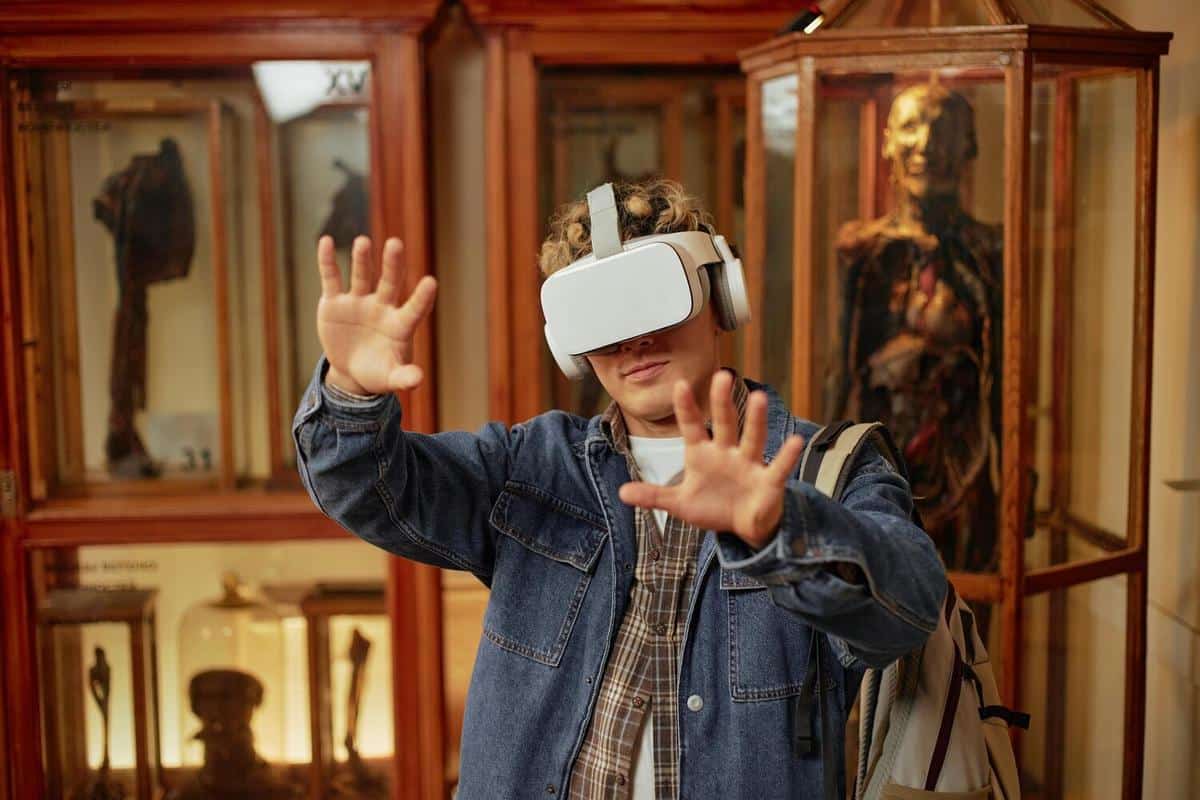
How Virtual Reality is Preserving World Heritage Sites
Virtual reality (VR) is revolutionizing the way we interact with and preserve our world heritage sites, offering a digital lifeline to some of the most treasured locations on the planet.
As technology advances, the preservation of cultural heritage sites faces new challenges and opportunities. Virtual reality (VR) stands at the forefront of these opportunities, offering innovative ways to document, protect, and experience these sites without physical presence.
How Virtual Reality Works in Preservation
Virtual reality technology creates immersive, three-dimensional representations of real-world environments. These digital replicas are crucial for preserving the details of heritage sites that may be at risk from natural disasters, urban development, or human neglect.
“VR allows us to capture and preserve the essence of heritage sites in a way that was never possible before,” notes Dr. Emily Roberts, an expert in digital archaeology.
Statistics and Research Findings
Recent studies have shown that VR can increase public awareness and engagement with heritage sites. According to a report by the Cultural Heritage Institute, VR applications have led to a 30% increase in virtual tourism, providing vital support for site conservation efforts.
Examples of VR in Action
The ancient city of Pompeii, Italy, serves as a prime example of VR’s potential. Through VR, visitors can explore the city’s streets and buildings as they existed before the catastrophic eruption in 79 AD. This initiative not only educates but also helps fund preservation through virtual ticket sales.
Actionable Tips for Implementing VR in Preservation
- Partner with technology firms specializing in VR to develop accurate site representations.
- Engage local communities to ensure cultural sensitivity and accuracy in digital recreations.
- Utilize VR tours to generate revenue for ongoing preservation projects.
By following these tips, organizations can leverage VR to enhance the preservation of cultural heritage sites.
Comparing Traditional and VR Preservation Methods
| Aspect | Traditional Methods | VR Methods |
|---|---|---|
| Accessibility | Limited to physical visits | Global access via digital platforms |
| Cost | Often expensive due to travel and on-site preservation | Initial tech investment but potential for lower long-term costs |
| Engagement | Direct physical interaction | Immersive virtual experiences |
| Preservation | Physical maintenance required | Digital archiving |
| Education | In-person tours and guides | Interactive and immersive learning |
| Revenue | Ticket sales and donations | Virtual tours and digital content sales |
| Environmental Impact | Foot traffic can cause wear and tear | Zero physical impact |
| Risk Factor | High due to natural and human threats | Low as digital copies are secure |
Frequently Asked Questions
What is virtual reality?
Virtual reality is a computer-generated simulation of a three-dimensional environment that can be interacted with using special electronic equipment.
How does VR help in preserving heritage sites?
VR helps by creating detailed digital recreations of sites, allowing for immersive tours and reducing physical wear on the sites themselves.
Can VR replace physical visits to heritage sites?
While VR offers an accessible alternative, it complements rather than replaces the experience of visiting a site in person.
Conclusion
Virtual reality is not just a technological novelty but a powerful tool for the preservation and appreciation of our world heritage sites. By embracing VR, we can ensure that these cultural treasures are documented, accessible, and appreciated by future generations. As we continue to innovate, VR will play an essential role in the sustainable preservation of our cultural heritage.


